In 2024, we live in a technological heaven that generations before us could’ve never imagined. The developments in generative AI are literally transforming every aspect of every industry. The job markets are shifting, and together with new opportunities, new challenges are also arising. With multiple AI tools that have been released in the last few years, the landscape of creativity, productivity, and efficiency has been irrevocably altered.
Architecture is also a creative industry that is no exception to this. The emergence of chatbots, diffusion models, text-to-image, video, and audio generators is completely transforming how we’ve been doing our daily tasks. Today, every designer is equipped with highly advanced tools to visualize a design with any style they want. We can even replicate the same structural principles that were used by legendary architects like Le Corbusier, Andrea Palladio, and Antoni Gaudi. The real question here is, do we really want to do that?
AI processes vast amounts of data and generates captivating design ideas, significantly facilitating the conceptualization phase while offering solutions that might not be immediately noticeable to the human mind. Truly, these tools offer capabilities beyond human imagination.
However, this technological paradise is not without its shadows. Hear us out: what if the very act of selecting one particular image or piece of content over another does more than just signal a preference? What if it feeds into the AI’s learning process, essentially shaping its network’s ‘memory’ and ‘taste’? This selection process could inadvertently narrow the scope of future creations as the AI strives to replicate what has been previously validated rather than venturing into uncharted territories of creativity.
The implications of this are profound. On the one hand, it showcases the incredible capacity of AI to learn from and adapt to human preferences, offering a mirror to our collective aesthetic and creative inclinations. On the other hand, it raises concerns about the potential for a feedback loop that reinforces existing patterns and preferences, potentially stifling innovation and diversity in creative expression. Suppose AI continues to generate content based on a self-referential cycle of what has already been deemed popular or successful. In that case, we risk creating a closed ecosystem of creativity that echoes past creations without introducing new ideas or perspectives. And all of this without fair attribution or recognition.
The similarities between AI-generated work by a PAACADEMY student (Luis A. Hernandez) during a live session and Ila Colombo’s piece done weeks before bringing to the spotlight the need for a redefined, more responsible, and ethical approach to workflows with machines in our digital age. It prompts a deeper question: “Why do we actually not have an understanding nor knowledge of the outputs received?”
So, if we are not reminded or warned by the software itself of potential similarities, how can we tell when to rightly attribute value to our new creations? Or if we are not reminded of who has generated what, how could we be aware of the originality of the work?

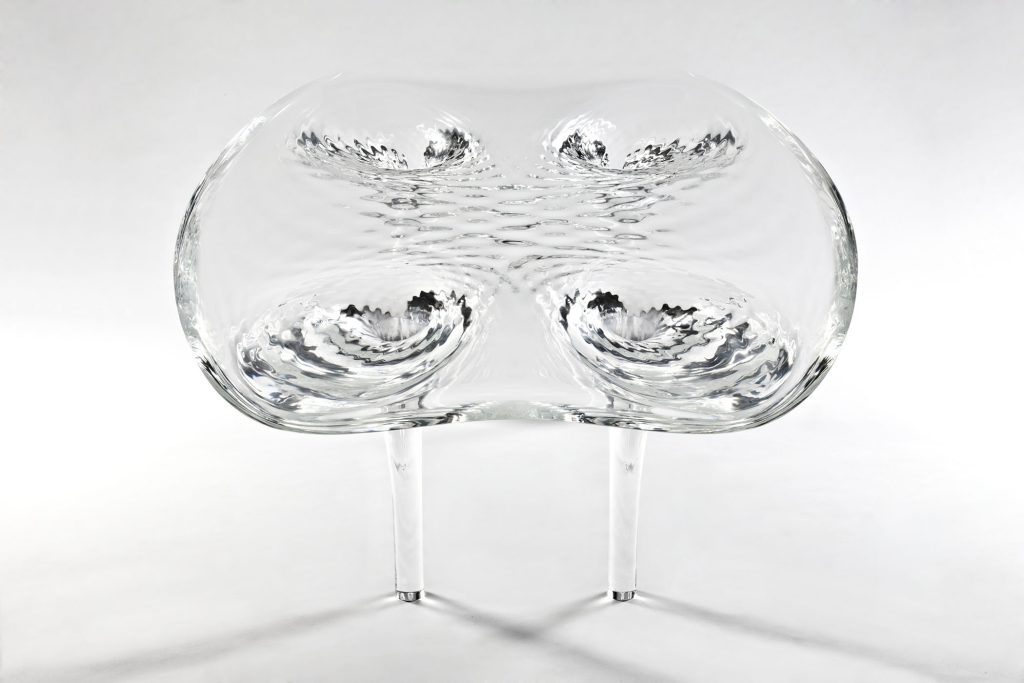
Similarly, an AI-generated work by Neil Leach, the Insect Wing Tables, seems to be inspired by a previous project by Zaha Hadid’s Liquid Glacial Table. We are not sure what has been used in the prompts to generate this work, but this clearly shows another example of proving the idea that generative AI technology can unintentionally replicate existing styles and concepts, blurring the lines between the original and derivative works. This raises critical ethical concerns regarding intellectual property rights and the authenticity of creative outputs.
As AI continues to generate more content that bears striking resemblances across the board, there’s a certain concern that creativity might begin to flat-line, converging towards a median of algorithmic predictability rather than branching out into the rich diversity of human expression. This uniformity in AI-generated creations is not just a matter of aesthetic monotony; it touches upon deeper issues of how creativity is cultivated and historically recorded over time.
In this light, the role of human intervention becomes crucial. It serves as a reminder that while AI can significantly enhance our creative capabilities, the direction and values of this enhancement should be guided by a deliberate and thoughtful human touch. The challenge, then, is to promote self-questioning, incentivize critical thinking, and open debate within communities, with the final objective of broadening rather than narrowing the horizons of what is creatively – and ethically – possible. This conversation is not just about art, expression, and generation of ideas – it is ultimately an observation on how to stay human.
The future shouldn’t be just about using AI’s potential to drive progress but also to ensure that this progress is inclusive, ethical, and sustainable. As we enter this new era, the responsibility falls on each one of us to steer this evolution in a direction that benefits humanity as a whole, ensuring that this heaven we’re building doesn’t come at the cost of our human values and societal well-being.
*The article is written by Ila Colombo and co-edited by Hamid Hassanzadeh.




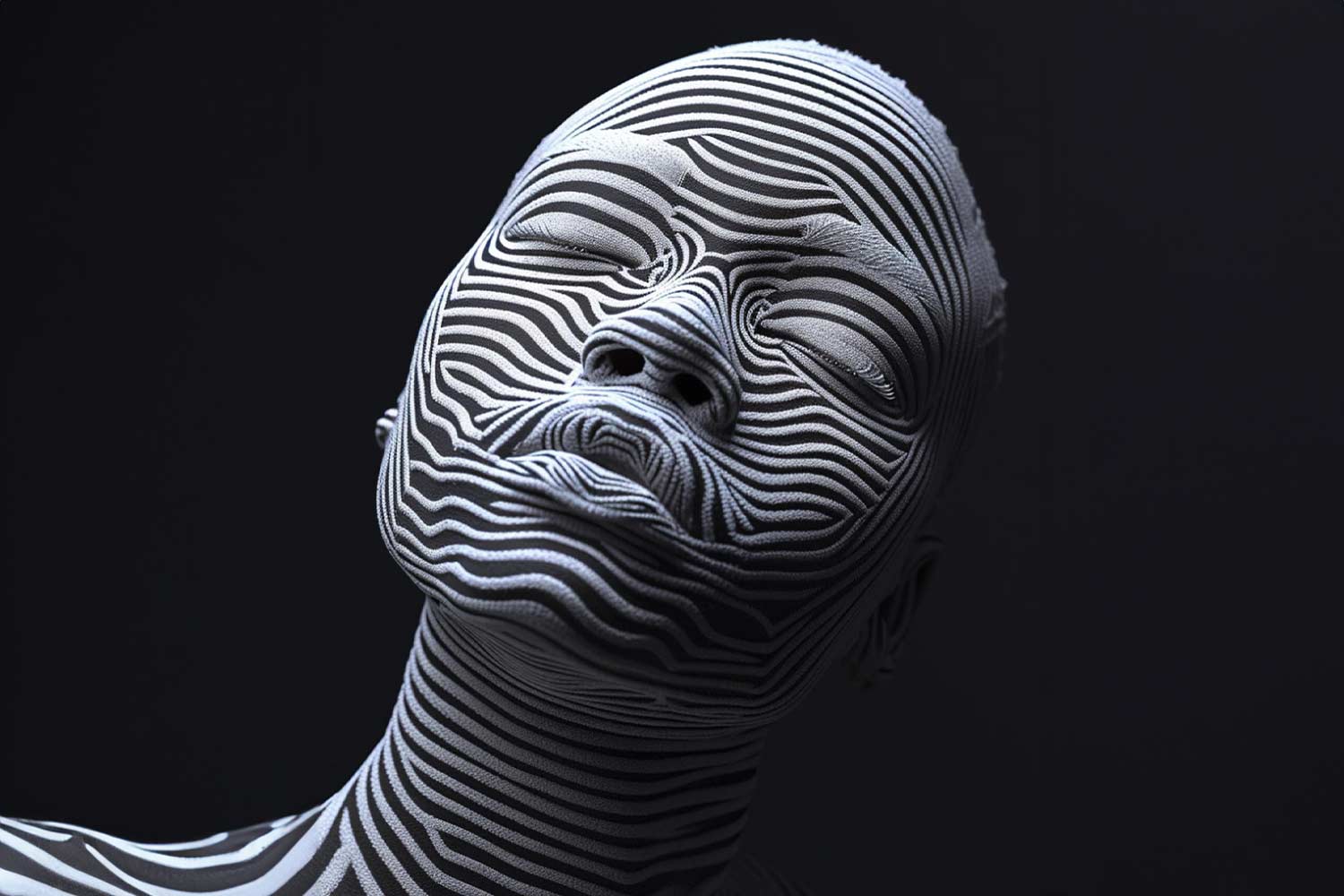
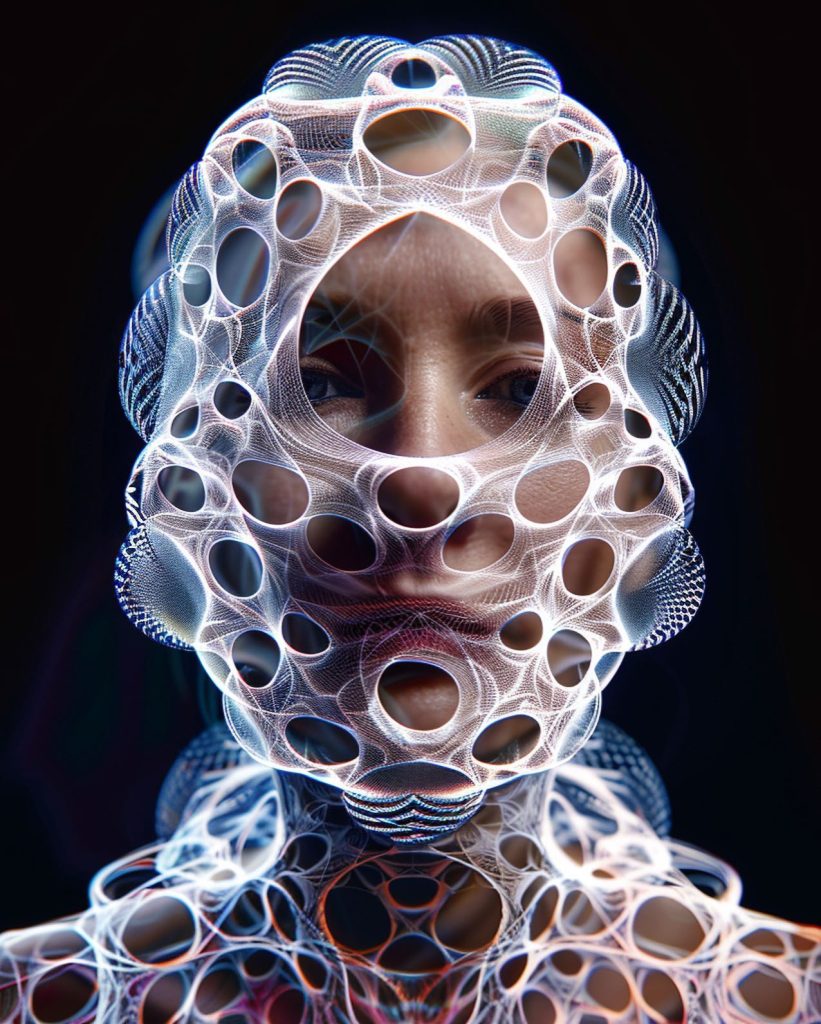
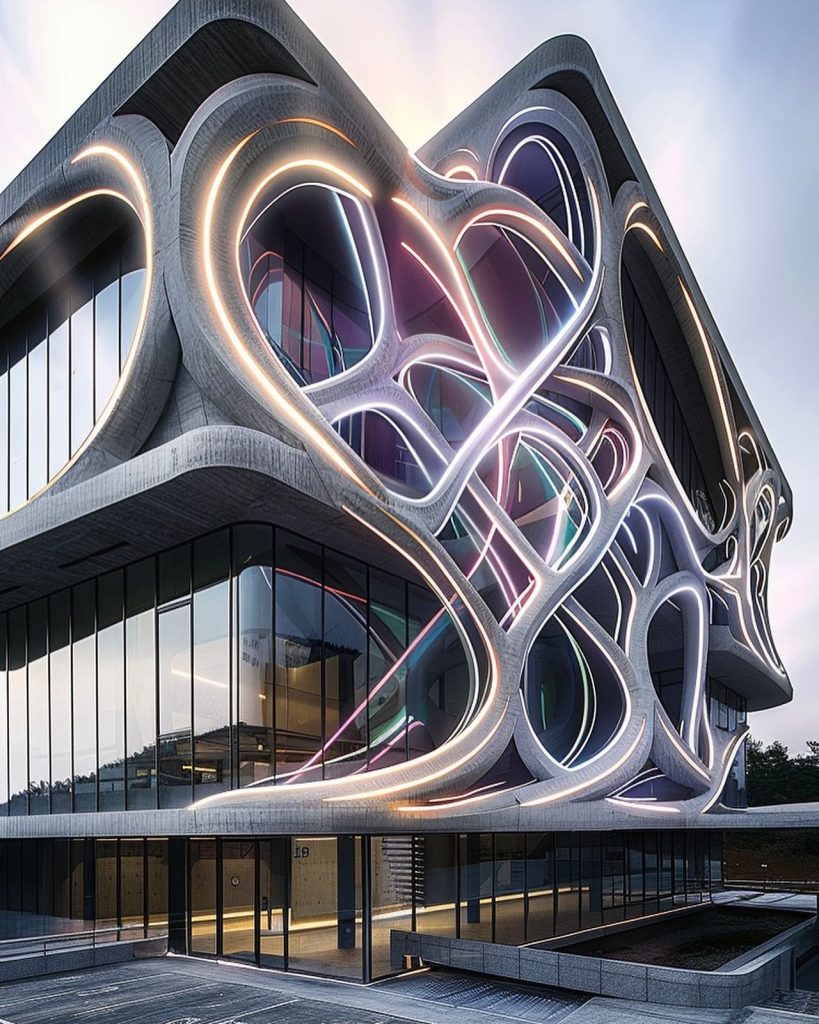
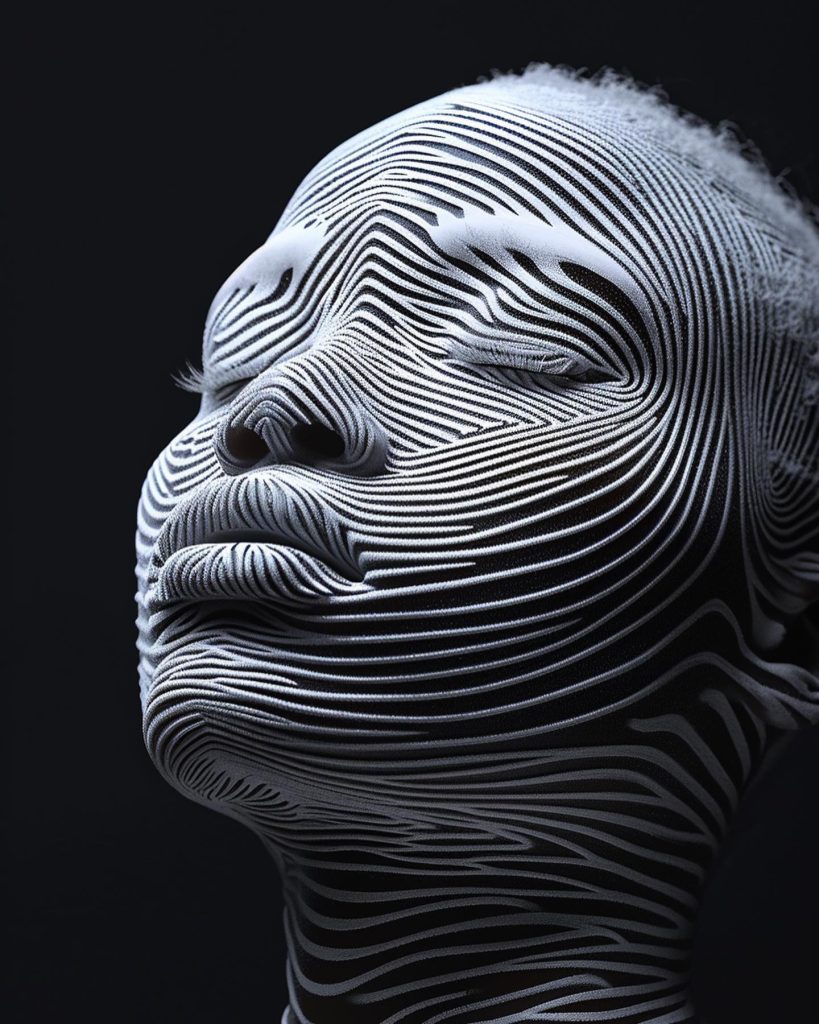
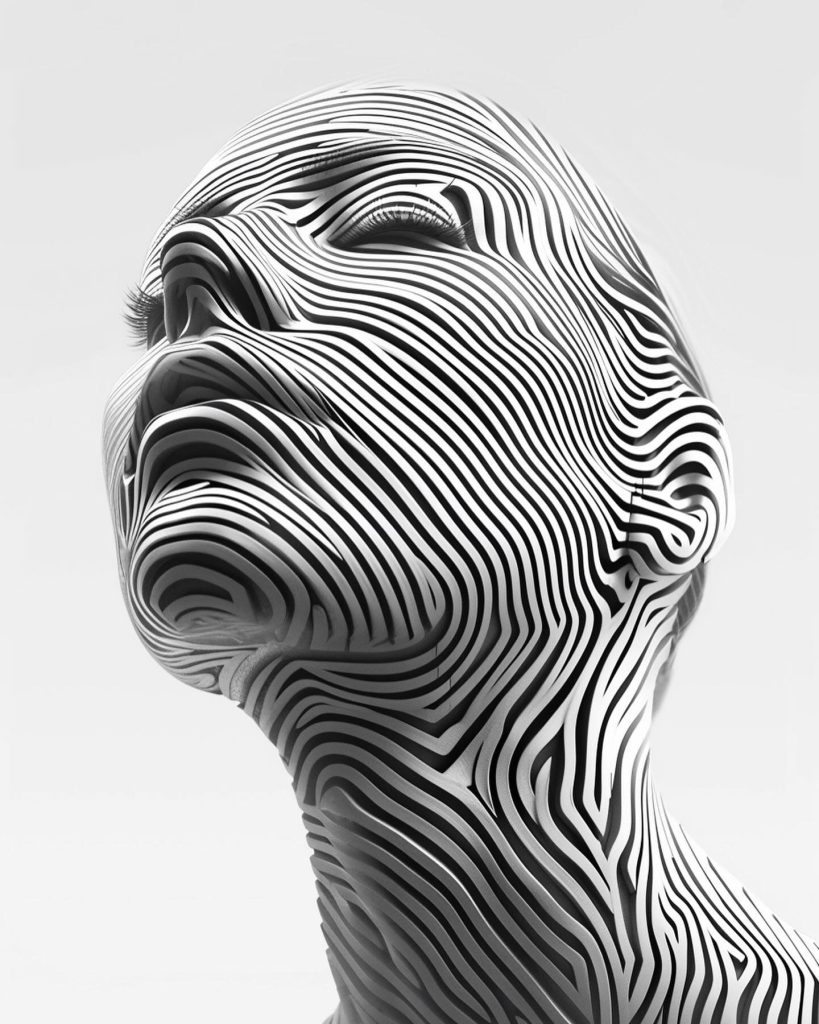














Leave a comment